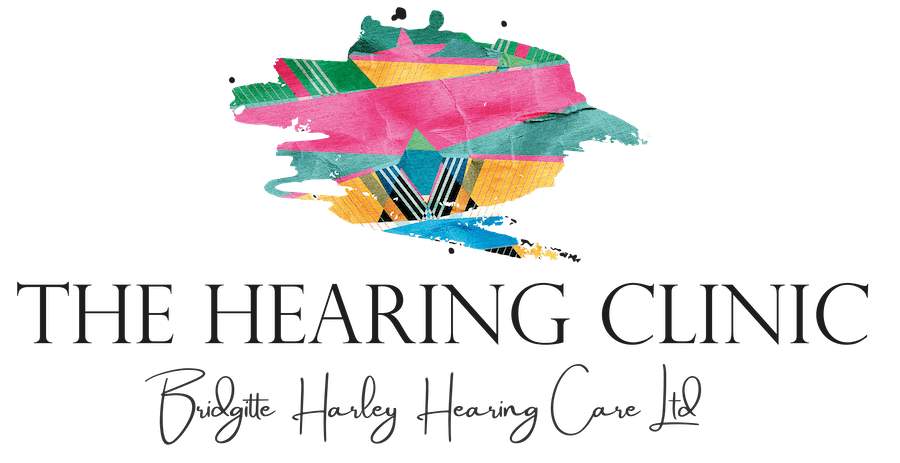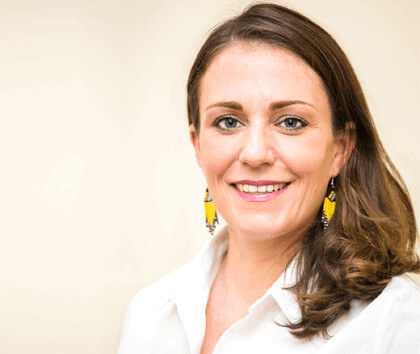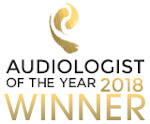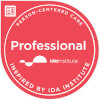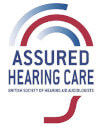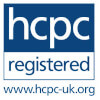
Binaural interaction for spatial hearing skills
Binaural interaction refers to the process by which the brain combines auditory information from both ears to locate sound sources in space. It plays a crucial role in our ability to navigate our environment and accurately perceive the direction and distance of sounds. Understanding the intricacies of binaural interaction is essential in comprehending the development of spatial hearing skills.
Understanding the Role of Binaural Interaction in Spatial Hearing
Binaural interaction, a fascinating phenomenon, plays a crucial role in our ability to perceive and locate sounds in space. It all begins with the reception of sound waves by our ears, which act as remarkable sensory organs. The intricate process of binaural interaction involves the brain analysing the subtle differences in the intensity, timing, and phase of these sounds as they reach each ear.
Imagine standing in a park, surrounded by the symphony of nature. As you listen, your brain is hard at work, comparing the tiny variations in sound that each ear detects. These disparities provide important cues that allow the brain to determine the precise location of the sound source. This remarkable ability, known as binaural localisation, enables us to perceive sounds in three-dimensional space.
But binaural interaction goes beyond just locating sounds. It also aids in sound segregation, allowing us to differentiate between multiple sound sources within our acoustic environment. Think about being in a crowded café, where conversations, clinking cutlery, and background music blend together. Despite this auditory chaos, your brain focusses on the sounds you want to listen to, such as the voice of a friend or the melody of your favorite song. This selective attention, made possible by binaural interaction, greatly enhances our listening experience.
In conclusion, binaural interaction is a remarkable process that enables us to perceive and locate sounds in space. Its role extends beyond spatial hearing, contributing to our ability to selectively attend to specific sounds.
Recurrent ear infections and the impact on the development of spatial hearing skills
Recurrent ear infections pose a significant threat to the normal development of spatial hearing skills. These infections can lead to conductive hearing loss, where sound transmission through the middle ear is impaired. As a result, the brain’s access to binaural cues becomes disrupted, potentially impeding the development of accurate spatial hearing abilities.
Young children, in particular, are vulnerable to ear infections, as their Eustachian tubes are shorter and more horizontally aligned than those of adults. Consequently, fluid can accumulate in the middle ear, creating an environment conducive to infection.
It is important to note that the impact of recurrent ear infections on spatial hearing development is not limited to the physical aspects of hearing loss. The psychological and emotional effects can also be significant. Children with hearing impairments may experience difficulties in social interactions, communication, and academic performance.
Furthermore, the consequences of impaired spatial hearing skills can extend beyond childhood. Adults who experienced recurrent ear infections during their early years may continue to face challenges in localising sounds accurately and navigating their environment effectively.
Early detection and intervention are paramount in mitigating the impact of recurrent ear infections on spatial hearing development. Timely medical treatment and hearing rehabilitation can help restore normal binaural interaction and minimise the long-term consequences.
When it comes to treatment options, healthcare professionals may employ a variety of strategies depending on the severity and frequency of the ear infections. Antibiotics are commonly prescribed to combat bacterial infections, while antiviral medications may be used in cases caused by viruses. In some instances, surgical intervention, such as the insertion of ventilation tubes, may be necessary to alleviate fluid buildup and prevent recurrent infections.
Additionally, parents and caregivers should be vigilant in recognising the signs of ear infections, which may include ear pain, fever, irritability, and difficulty sleeping. Seeking prompt medical attention can help prevent complications and minimise the impact on spatial hearing development.
In conclusion, recurrent ear infections can have a profound impact on the development of spatial hearing skills. Understanding the risks, implementing preventive measures, and seeking timely medical intervention are essential in safeguarding the auditory abilities of individuals, particularly young children. By addressing recurrent ear infections effectively, we can support the normal development of spatial hearing and enhance overall quality of life.
Auditory processing disorder due to poor binaural interaction
Poor binaural interaction can give rise to auditory processing disorder (APD), a condition that affects how the brain processes auditory information. Individuals with APD struggle with discriminating and interpreting sounds, which can impede their ability to communicate effectively and learn in auditory-based environments such as classrooms.
It is important to understand the complex nature of binaural interaction and its impact on auditory processing. Binaural interaction refers to the way the brain combines and processes sound information from both ears. When this interaction is compromised, as is the case in individuals with APD, it can lead to difficulties in accurately perceiving and understanding sounds.
Common symptoms of APD include difficulty understanding speech in noisy environments and poor sound localisation. These challenges are directly related to the impaired binaural processing that individuals with APD experience.
Imagine being in a crowded classroom, where multiple conversations are happening simultaneously. For individuals with APD, this can be an overwhelming experience. The brain struggles to filter out background noise and focus on the specific sounds that are important for comprehension. As a result, individuals with APD may miss important information and find it difficult to actively participate in classroom discussions.
Another aspect affected by poor binaural interaction is sound localisation. Sound localisation refers to the ability to determine the direction from which a sound is coming. For individuals with APD, this can be a challenging task. They may struggle to accurately pinpoint the source of a sound, which can be particularly problematic in situations where it is important to quickly identify the location of a sound, such as crossing a busy road.
Identifying and addressing APD at an early stage is crucial. Audiologists, speech-language therapists, and educators play a vital role in assessing and implementing appropriate interventions to support individuals with poor binaural interaction and mitigate the impact of APD on their daily lives.
Audiologists are specialised healthcare professionals who diagnose and treat hearing disorders. They use a variety of tests and assessments to evaluate binaural interaction and identify any auditory processing difficulties. Based on the results, they can recommend appropriate interventions and strategies to improve binaural processing and enhance auditory skills.
Furthermore, educators have a crucial role in creating inclusive learning environments for individuals with APD. They can implement classroom accommodations, such as preferential seating, use of visual aids, and reducing background noise, to support students with APD. Educators can also collaborate with audiologists to develop individualised education plans (IEPs) that address the specific needs of students with APD.
In conclusion, poor binaural interaction can give rise to auditory processing disorder, which affects how individuals process and interpret sounds. The challenges faced by individuals with APD, such as difficulty understanding speech in noisy environments and poor sound localisation, can significantly impact their daily lives. However, with early identification and appropriate interventions from audiologists and educators, individuals with APD can be supported in developing their auditory skills and overcoming the obstacles they face.
Impact of poor spatial hearing skills on listening in the classroom
Poor spatial hearing skills can significantly impact listening in the classroom. Students rely on accurate spatial hearing abilities to locate where sounds originate, particularly the teacher’s voice. Difficulties in pinpointing sound sources can lead to missed instructions and difficulties following classroom discussions.
The noisy and acoustically complex nature of classrooms further compounds the challenges for individuals with poor spatial hearing skills. Background noise, reverberation, and competing speech make it even more demanding to extract relevant auditory information and understand classroom content.
To address these difficulties, educators can implement strategies such as seating arrangements that optimise binaural listening, use of remote microphone technology to enhance speech intelligibility, and creating a visually supportive learning environment to supplement auditory information.
How remote microphone technology helps to improve poor spatial hearing skills
Remote microphone technology has proven to be a valuable tool in improving poor spatial hearing skills. This technology involves the use of a small microphone worn by the speaker, which wirelessly transmits their voice directly to the listener’s hearing devices. By bypassing the acoustic challenges of the environment, remote microphone technology helps individuals with poor binaural interaction to better understand speech and improve their spatial hearing abilities.
The benefits of remote microphone technology extend beyond the classroom. It can enhance communication in various real-life situations, such as social gatherings, meetings, and public events. Its portability and ease of use make it a convenient solution for individuals seeking to enhance their spatial hearing skills across different listening environments.
Further advancements in remote microphone technology are expected as researchers continue to explore its potential in improving spatial hearing. Its integration with other assistive devices and its compatibility with modern communication technologies hold promise in transforming the lives of individuals with poor binaural interaction.

